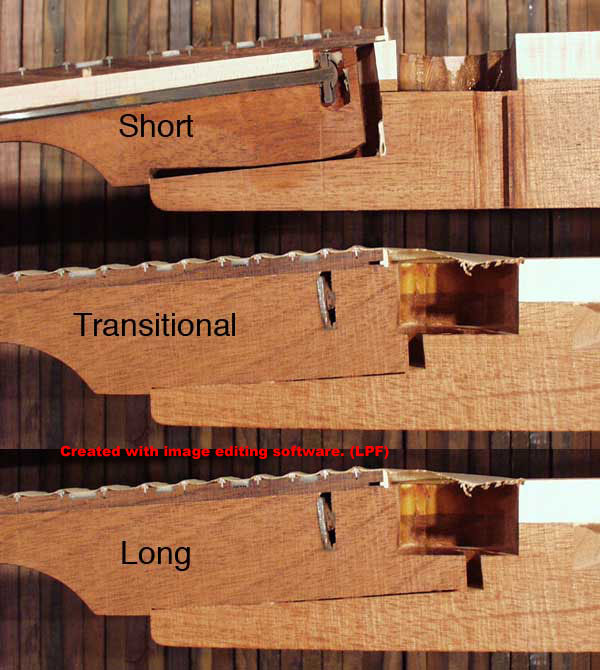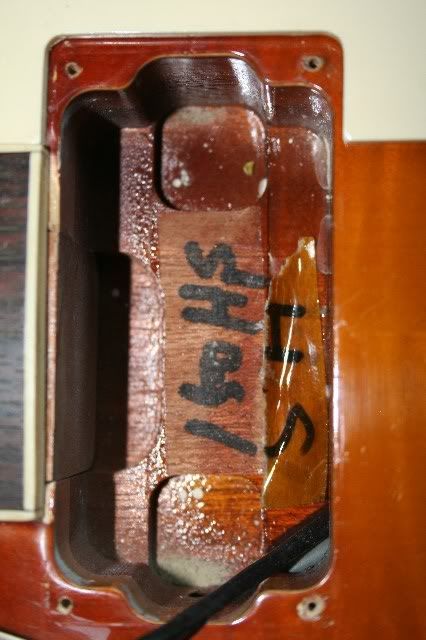gundjo
Member
Hi All,
this is almost certainly and old question but I am curious as to what kind of neck tenons early Love Rock/Reborns/Reborn Old models have. I've seen contrasting claims both that all vintage Tokai's have so called "medium tenons" and that the LS 150 and above have long tenons. A current auction on ebay shows the pick up cavity of a 1980 LS 120 that, to my admittedly simple mind, looks like a long tenon (I see a strip running under the neck pick up cavity). Don't want to revisit old news or set off a fire storm but any help would be appreciated (even if its just a nudge to an older thread). While were at it any views on the various materials used in the early crown inlays?
this is almost certainly and old question but I am curious as to what kind of neck tenons early Love Rock/Reborns/Reborn Old models have. I've seen contrasting claims both that all vintage Tokai's have so called "medium tenons" and that the LS 150 and above have long tenons. A current auction on ebay shows the pick up cavity of a 1980 LS 120 that, to my admittedly simple mind, looks like a long tenon (I see a strip running under the neck pick up cavity). Don't want to revisit old news or set off a fire storm but any help would be appreciated (even if its just a nudge to an older thread). While were at it any views on the various materials used in the early crown inlays?






